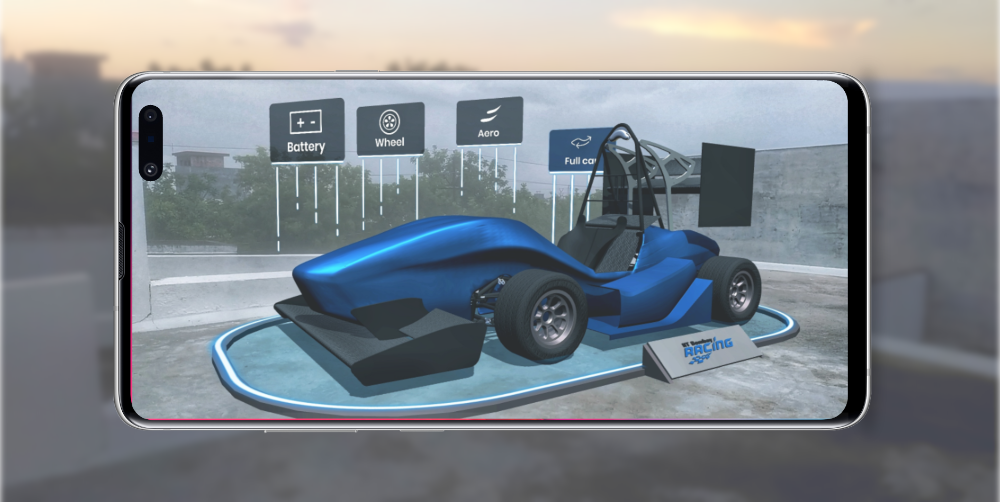Paper Potli
Game for gender awareness
Problems addressed
Diluting gender stereotypes
Absurdity associated with gender creativity
Key Contribution
A game to show no one is 100% masculine or feminine
Based around real people with tangible elements like DIY dolls
Scroll to see the whole journey below

INTRODUCTION
Background: Collaborative Project
This project was done as a part of the Collaborative Design course in a duration of six weeks. It was done in a team of two with my colleague Harshit Satija. The project attempts to solve a social issue related to gender and focuses on the overall service as well as the products.
Brief: Educating primary school children about Gender to remove misconceptions and stereotypes and create acceptance.
The Concern
During the initital stage of the project, we interviewed students, teachers, and parents from different cultural, social and economic backgrounds near Grant Road region in Mumbai. From the conversation, we induced that there still exist misconceptions and stereotypes about gender, primarily because these issues are not openly addressed and are ignored. Popular culture and social media have a heavy influence on such issues and we become vulnurable to whatever is thrown at us.
Ignorance is not innocence.

WHY GENDER?
Gender vs Sex: Learning from Grammar
Gender and sex are often confused with each other and used interchangeably. A person’s sex could be male, female, intersex, hermaphrodite and tells what that person is biologically. Gender on the other hand could be masculine, feminine, neutral, etc and its an adjective that only describes a part of me.

Gender Roles: A Social Construct
Gender as described above is an adjective that qualifies some of my actions and expressions and does not define who I am now how my actions are supposed to be. These archetypes of gender as masculine and feminine are a social construct developed with the divide of societal roles between man and woman but they are not a compulsion.
So Where is the Problem?
While there can an argument that there are some biological factors determining the gender roles and that they are supposed to be that way, in a lot of cases these stereotypes don’t make sense and create problems.
- Masculine traits are often seen as superior to feminine traits
- Pressure on the male to perform, lead and be strong
- Since childhood, behaviour and roles are taught based on gender.

DEFINING GOALS
Expanding Stereotypes to Dilute Them
To break gender role stereotypes in children (8 years - 11 years) and build on them to expand their thinking.
- Based in real life around real people.
- Nobody is 100% Feminine or Masculine.
- Expose them to the malleability of gender in different cultures.
Target User Group
Children from the age group 8 - 11.
- Gender identity is still forming
- Mature enough to understand gender stereotype properly
- Young enough to be able to expand and break the stereotype
- Many transgender kids contemplate and explore at that age
Avatars to Express and AR to Explore
We found out from secondary research that avatars were very therapeutic for children to express themselves, especially the ones not comfortable in thier body. eg. some queer boys preferred to use a female character in VR games.
We also wanted an interactive experience to help explorations. Augmented Reality becomes a digital extension of the physical form and helps add an extra layer to it.

SOLUTION
Paper Potli: The System
Paper Potli is an Avatar making game which takes the first step towards
making children Gender Aware. Play-based learning is an effective way
to engage children in an open discussion about gender roles.

Creating Avatars on Phone
Each child has to make an avatar of a person around him, like Mom, Dad, etc. The first step is to customize the look of the Avatar in the App and then build it using paper.
Getting Printed Templates
We have designed printable DIY templates with trapezoids that are easy to make yet capture the essence. Imagine these like DIY paper LEGOs.

Crafting Your Own Doll
We also provided visual instructions to help children make their own dolls.The child can anytime change the look and appearance of the doll as all the parts are modular. The clothes/ face were kept modular and the arms and legs movable. We tested it with class 4 students.


Earn a Balance of M, F and N Traits
After completing the Avatar, the child can use the mobile phone app to move the avatar and make him/her do different roles. As the Avatar does more roles, relevant masculine and feminine traits are earned.

Performing Roles in AR to Earn Traits
As the Avatar does more roles, relevant masculine and feminine traits are earned. Each task shows that nothing is purely masculine nor femnine. Hence, using stereotypes to break them. With a balance of both the traits, new environments can be unlocked.


Explore Other’s "Potli"s
After that the child can share his Avatar on the App and can see the characters uploaded by other children as well. This area is to suggest potlis with more experimental characters to show how different people are making their characters in different cultures to remove absurdity.

Testing with Children
We wanted to test how the children will interact with the paper templates to make dolls. We handed the instruction sheet and the templates to a few 4th grade students at Kendriya Vidyalaya. They surely enjoyed doing the activity and soon many more children came to us, asking to try it out. It was also a moment of pride for them to showcase their own dolls. Some of the important findings were:
- The craft work gives a tangible medium that one is proud to show
- Students needed some verbal instructions along with the sheet
- We may provide video instructions in our app to assist

DEVELOPING PRODUCT
A Little Background
After having discussed the social problem and the whole solution, lets give a little background of how we went about designing these products. In our solution, we had to think about:
- Deciding the gender traits
- Designing the app
- Designing the dolls
BEM Sex-Roles Inventory
We refered to the BEM Sex-Roles Inventory by psychologist Sandra Bem for selecting and distributing the traits. It is a survey based classification of masculine, feminine and neutral traits. Sandra Bem's goal of the BSRI was to examine psychological androgyny and provide empirical evidence to show the advantage of a shared masculine and feminine personality versus a sex-typed categorization.
Traits are evenly dispersed, 20 masculine, 20 feminine, and 20 filler traits thought to be gender neutral. (From Wikipedia)
Designing The App
The structure of the app had to be simple and easy to navigate and the work flow of designing, customizing, playing and exploring had to be very clear. So we made a simple information architecture to organize the content and establish the user flow.

The visual language of the app was kept cheerful and energetic with complementary colors of purple and yellow. The background is to give the feel of an old creamish paper. It was also kept in mind to not fall for the stereotypes of gender while designing the visuals.
The illustrations were designed to give the feel of the paper dolls.

Designing The Dolls
The dolls had to be realistic enough to be relatable and playable with moving and modular part, yet simple and easy to make. We settled for trabezoids for everything and made clothes and faces that fit on top of the basic structure. The hand and arms were joined using cylinders.

CONCLUSION
Future Scope
After designing the product, we also took feedback from potential customers like school teachers, parents, LGBTQ members, etc. to find out how this product could be materialized. We found different value propositions for different customer groups in the form of craft workshops, therapy sessions by expressing through avatars, a mode of communication between children and parents, etc.
Learnings
There was a lot to learn from this project about society, gender, psychology and even children. Apart form the social concerns, I also got to explore different mediums like paper and AR. The project had different layers to it like the social design, craft, AR, thinking from the point of view of buisiness, customers and value proposition.

Check Out More

Interactions in Augmented Reality
The project explored the topic of How Stuff Works using Augmented Reality as a medium. For the scope of this project, I explain how an IITB Racing car works, through a hand held device AR. Looked at key interaction design problems.
MAY 2020 | AR design Interaction design Unity prototyping

Assistive Device for Blind Users
Designed an assistive device for blind users to help safely pour hot liquids. The project explored cognitive ergonomics and how the form of the product could communicate useful information, providing a feedback loop for the blind.
FEB 2020 | Product design Tactile interactions User study
Designed with 💛 in Lucknow